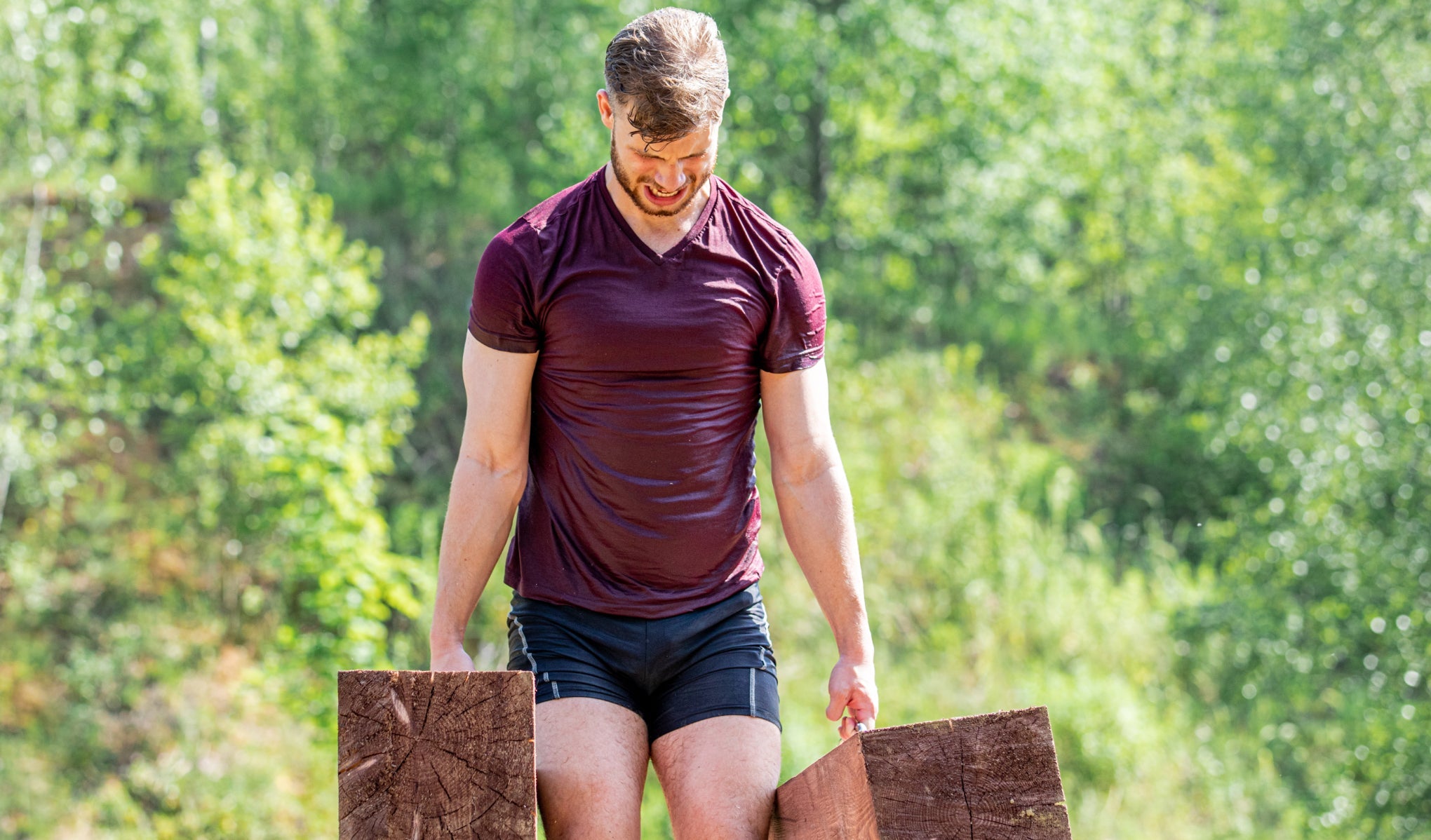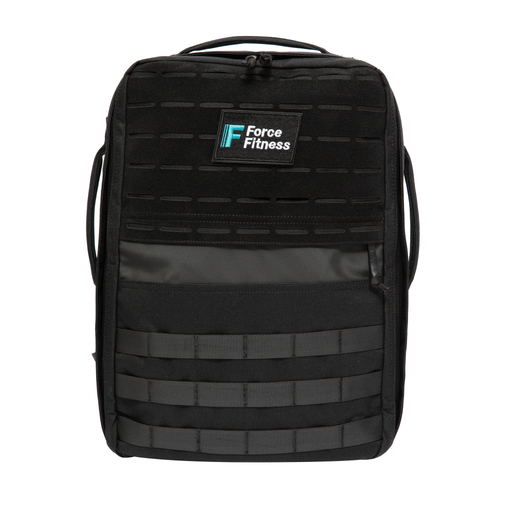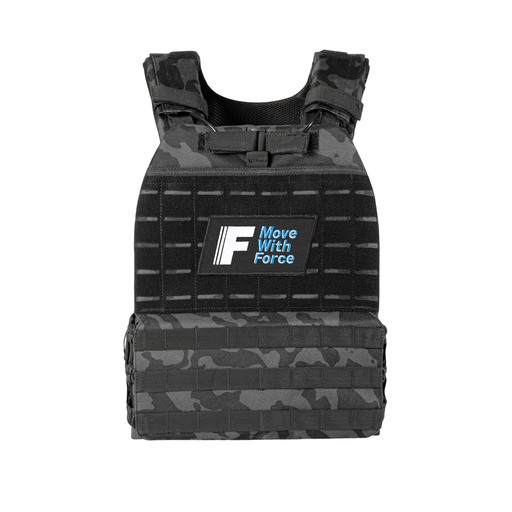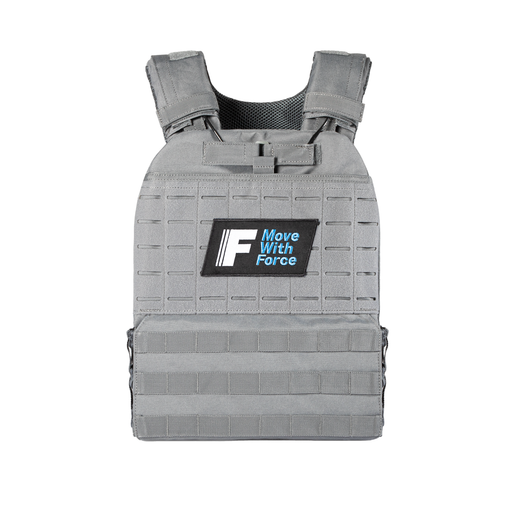
Why Grip Strength is the Foundation of Functional Power, and How to Train It
When everything else is stripped away, your ability to hold on can decide whether you succeed or fail. In the field, in sport, in the gym, and in life, grip strength isn’t a small detail; it’s the foundation of functional power. You can have strong legs and a big chest, but if your hands can’t lock onto a rope, bar, or load, all that strength goes to waste. Grip is the link between your body and the world, and if you want to be truly capable, it has to be trained like a priority, not an afterthought.
Why Grip Strength Matters in the Real World
Think about the moments when physical ability really counts. Carrying a casualty, hauling gear up a hill, climbing a wall, holding a rope in the rain, dragging a sled, wrestling a sandbag into position. Every one of those actions starts with grip. Lose your grip and you lose control. Grip strength isn’t about vanity or numbers on a barbell, it’s about whether your strength can be applied when the environment pushes back. Elite operators, firefighters, mountaineers, climbers — they all know this truth. Without grip, the chain breaks.
The Science of Grip and Total Strength
Grip strength isn’t just about your hands, it’s about your nervous system. A stronger grip means higher neural drive, more muscle recruitment, and greater force output across the body. Studies have shown that grip strength is one of the best overall indicators of total body strength and even long-term health. When your grip is strong, your deadlift, pull-up, press, and carry all improve. When it’s weak, the rest of your power gets capped. If you’re chasing functional capability, grip is not optional, it’s foundational.
Types of Grip You Need to Train
Grip isn’t one-dimensional. To be capable in the real world, you need to train multiple types:
-
Crush Grip: Closing your hand around an object, like a handshake, rope climb, or gripper.
-
Support Grip: Holding onto weight for time, like deadlifts, pull-ups, or carries.
-
Pinch Grip: Holding objects between your fingers and thumb, like plate pinches or handling odd objects.
-
Open Hand Grip: Grabbing thick bars, stones, or sandbags where the hand can’t fully close.
Most people only train one or two. Force Fitness is about building the kind of grip that works in any condition, so you train them all.
How Grip Strength Translates to Capability
Grip strength is the difference between lasting five minutes under load and lasting twenty. It’s the difference between holding a ledge long enough to pull yourself over and peeling off halfway. It’s what keeps your weapon steady, your ruck straps under control, and your ability to keep carrying when fatigue sets in. In tactical training, weak grip equals weak soldier. In adventure, weak grip equals failed climb. In everyday life, weak grip means your body’s potential is underused.
How to Train Grip Strength the Force Fitness Way
You don’t need fancy machines or endless time to build grip, you need intensity, variety, and consistency. Here are the most effective ways to forge iron hands and forearms.
Loaded Carries
Pick up weight and walk. Farmer’s carries, suitcase carries, ruck marches, and sandbag carries build support grip like nothing else. Start heavy and short for strength, go lighter and longer for endurance.
Pulling Work
Pull-ups, towel pull-ups, rope climbs, and ring work hit grip directly. Switching the surface — like wrapping a towel around the bar or using thicker handles — forces your grip to adapt.
Dead Hangs and Holds
Grab a bar and hang. Add time every session. Progress to one-arm hangs, weighted hangs, or switching grips. This simple drill builds both support and mental toughness.
Pinch Grip Training
Hold weight plates between your fingers and thumb and carry them for distance. This builds the crushing thumb strength most people never train, but it’s critical for odd-object lifts and real-world tasks.
Grip Tools and Grippers
Dedicated grip tools have their place. Heavy-duty grippers, thick bars, or grip balls can target crush strength directly. Keep these as accessories to the big lifts and carries.
Sandbags and Odd Objects
Nothing builds functional grip like awkward, shifting loads. Bear-hugging a sandbag, lifting a log, or carrying a rock forces the hands and forearms to fight constantly. Train with chaos and the easy stuff becomes automatic.
Programming Grip Into Your Training
Grip shouldn’t replace your main lifts, it should reinforce them. Add loaded carries at the end of your sessions. Rotate in pinch grip work once or twice a week. Add hangs as finishers or in your warm-up. The key is frequency. Grip adapts fast and can handle high volume. A little work, often, builds hands that don’t quit.
The Mental Edge of Grip Training
Grip strength isn’t just physical, it’s mental. When your hands are burning, your forearms are screaming, and the weight feels like it’s about to slip, you train willpower. The ability to keep holding on when everything in your body says to let go is what separates capable from average. Every session you build that ability, you’re not just building strength, you’re building resilience.
Building Grip for the Everyday Elite
You don’t need to be in uniform to benefit from a stronger grip. The same training that makes an operator more capable makes a parent stronger for carrying their kid, makes an adventurer safer on a mountain, makes an athlete sharper in competition. Grip is the foundation of functional power, and functional power is what makes you everyday elite.
Conclusion, Grip Is Capability
If you want a body that works when it matters, you can’t ignore grip. It connects strength to action, power to performance, body to mission. Train crush, support, pinch, and open-hand grip. Carry loads, climb ropes, hang from bars, and fight against awkward weight. Build the kind of hands that refuse to let go, and you’ll build the kind of body that never backs down. Grip isn’t accessory work, it’s capability work. And in Force Fitness, capability is the mission.

















